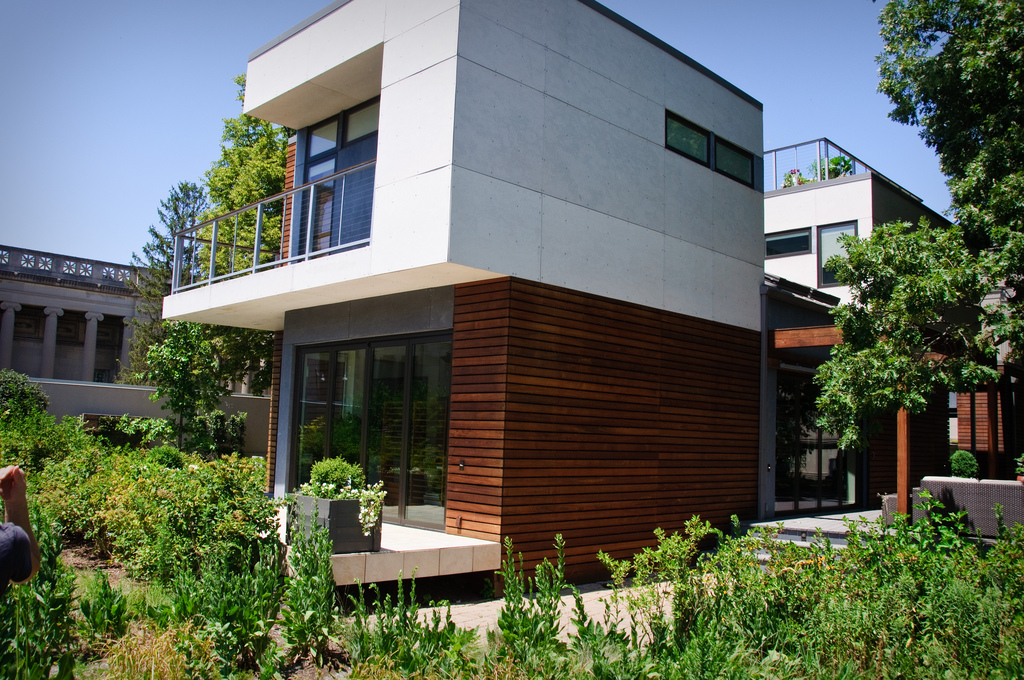Energy efficient buildings

Position Paper | Year 2010
Energy efficient buildings
from insulated over low energy to passive quality, zero energy and plus energy
Class of Technical Sciences
In the industrialized world, residential housing and equivalents consume
up to 40% of the annual total end energy use. The major part in cool and
cold climates goes to heating, though in terms of percentage the share of
domestic hot water, lighting, function and cooling increases when the
heating needs diminish as a result of higher energy efficiency. By
goal-oriented design – compact, smart glass use, very well insulated,
airtight - buildings now allow important savings in heating without
jeopardizing usability. Since 1973 energetically better construction has
evolved from “insulated” over “energy efficient” to “low energy” and,
recently, “passive quality”, “zero energy” and “plus energy”. In both last
cases, a building produces as much or more energy through photovoltaic
cells than it consumes on an annual basis. Anyhow, if applied on a large
scale, both concepts will demand a complete transformation of the
electricity grid, from passive to smart. Also, contrary to low energy
buildings, passive, zero energy and plus energy buildings are beyond the
economic optimum The EU decided to decrease energy consumption in 2020 by
20% compared to a business as usual scenario, to reduce greenhouse gas
emissions by 20% in 2020 compared to 1990 and to increase the share of
renewable sources in the energy production to 20% by 2020. Even if from
2009 on all new construction would be of passive quality, 20% less
consumption in the built environment will not be achievable by 2020.
Moreover, the extremely stringent conditions in terms of energy use for
heating in passive buildings have as a consequence that domestic hot
water, lighting, function and cooling become the largest consumers,
typically in the form of electricity, which weighs heavily in terms of
primary energy ( 2,5). And, energy conservation when these three are at
stake is not easy. The only way out in the years to come is, aside of
imposing performance requirements at the level of the economic optimum for
new construction (E60, K30), promoting with all means energy efficient
renovation, energy efficient lighting and energy efficient appliances.
Available documents
Author
-
Jan Kretzschmar
-
Hugo Hens
-
Arnold Janssens
-
Louis Cooreman
-
Filip Descamps
-
Griet Verbeeck
-
Peter Wouters

